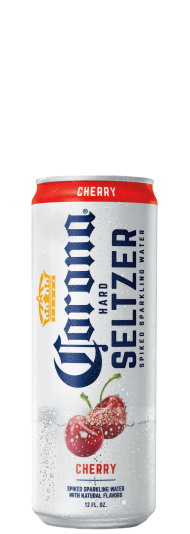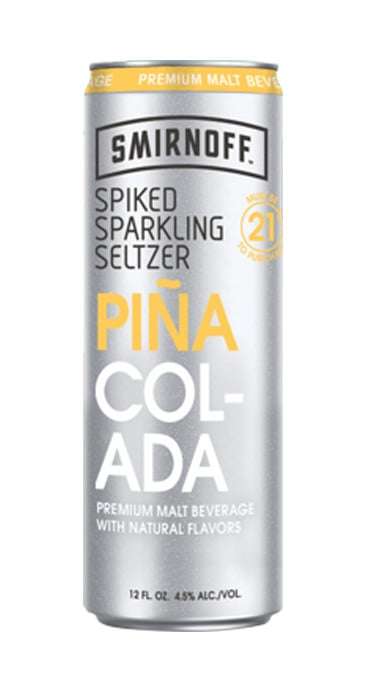

The Hard Seltzer Competitive Landscape Becomes Increasingly Crowded White Claw Reigns Interestingly, 75% of hard seltzer drinkers also buy beer, which is likely why beer companies have created their own hard seltzer products, including Bud Light Seltzer and Corona Seltzer. Between 60%-70% of legal-age millennial drinkers (21 years and older) consider hard seltzer its own category fewer than 10% view hard seltzers as a type of beer. Hard seltzer’s popularity amongst millennials is evidence of the beverage’s ability to carve out its own identity. Regarding demographics, US millennials are by far the biggest consumers of the product. Low-ABV products are expected to attract more health-conscious consumers. However, in 2019 North America dominated the market by contributing more than 70% to the global revenue.įurther, from 2020 to 2027 hard seltzers with lower ABVs between 1% and 4.7% are expected to grow at the fastest pace versus other ABV categories, with a 16.6% CAGR. Hard seltzer growth is also due to numerous manufacturers focusing on the Australian market. Asia Pacific is expected to show the fastest growth, with a CAGR of 17% from 2020 to 2027. The growth of the market is bolstered by developed economies such as the US, Canada, and Australia. The global hard seltzer market size was $4.4 billion in 2019 and is expected to grow at a 16% CAGR through 2027 to $14.5 billion, according to estimates by Grand View Research. However, in 2016, beer powerhouse Anheuser Busch, which owns brands such as Budweiser, Rolling Rock, and Michelob, acquired SpikedSeltzer creator Boathouse Beverage LLC and rebranded the product to Bon Viv-a play on the phrase “ bon vivant,” a “sociable person who has cultivated and refined tastes especially with respect to food and drink.” Hard Seltzer’s Market Size & Total Opportunity When they first started selling the product, retailers were in “total confusion” about the product and its appeal, according to Dave Holmes, the brand’s co-founder. In 2015, the product sold more than 250,000 cases. At the time, SpikedSeltzer had an ABV of 6% and was 140 calories for a 12-ounce serving. It was not until 2013 that the creators of SpikedSeltzer launched their product. As Slate put it, although “the ladies took a shine to the stuff, the guys avoided Zima as if it were laced with estrogen.”

Coors invested $38 million into promoting Zima’s launch, only to have the product flop long-term-partially because of its strange flavor, but also because it was marketed as an inherently female product: a beer that was clear and didn’t taste like beer. Indeed, Zima is considered the first “ malternative,” a group of alcoholic beverages that include products such as Smirnoff Ice and Bacardi Silver. In 1994, Coors invested in and introduced Zima, a low-ABV beverage meant to compete with products such as wine coolers. While the rise of hard seltzers has been meteoric in the last couple of years, they are not a new concept. However, some hard seltzer brands, such as High Noon, combine vodka and splashes of real fruit juice. Bud Light’s Lime-a-Rita and Smirnoff Ice are malt beverages. During brewing, the yeast metabolizes the sugars and produces alcohol. Other brands create malt liquor from malted barley, whereby cereal grains are dried, soaked in water and forced to germinate, and then dried with hot air, which breaks down complex sugars and prepares it for fermentation. The type of alcohol varies by brand: Most hard seltzers include fermented cane sugar with added fruit flavoring. Hard seltzer alcohol by volume (ABV) ranges from 4%-6%, similar to most beers. The flavor offerings differ by brand and range from basic flavors such as black cherry, lime, and ruby grapefruit to more elevated flavor profiles such as melon basil, lemon agave hibiscus, and cucumber peach. Hard seltzer is a blend of carbonated water, alcohol, and fruit flavoring, most often packaged in cans for portability. This article explores the business behind the explosive appeal of the beverage: the product, its market size, the competitive landscape, and market drivers.

How did the hard seltzer market grow so quickly? In 2018, there were 10 hard seltzer brands in 2019, there were 26 and in 2020, more than 65. Hard seltzers embody one contradiction after another: they are marketed as healthy, yet are alcoholic beverages they retail at a relatively low price point, yet sell an aspirational, active lifestyle their appeal would seem to be seasonal-a summertime drink-yet they have remained resilient year-round and have been proven to be COVID-19-proof.


 0 kommentar(er)
0 kommentar(er)
